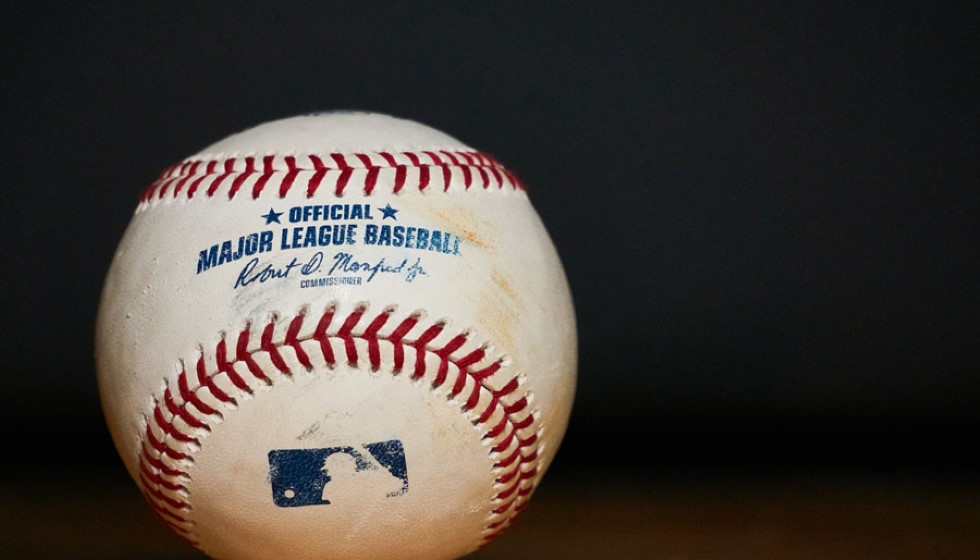
After years of anticipation and rigorous testing, the integration of the Automated Ball-Strike (ABS) system in Major League Baseball is almost upon us. In May, MLB Commissioner Rob Manfred hinted at the inevitable adoption of the automated strike zone, setting the stage for a significant evolution in the sport's officiating.
Integration Plans and Testing
The proposed system includes a challenge mechanism allowing each team to contest pitches to the ABS system, with a maximum of three challenges per game. This move aims to blend human judgment with technological precision, hopefully enhancing the accuracy and fairness of calls. However, despite strong momentum, ABS won't make its major league debut without extensive pre-implementation testing. "One thing we learned with the changes last year is, a little more time is better than not enough time," Manfred emphasized, reflecting MLB's cautious strategy. "Just in terms of making sure when you bring something to the big leagues, you've got to make sure you got it right."
ABS in Action: The Minor League Experience
ABS has already been trialed at various minor league levels, including Triple-A, where it has undergone continuous refinement. Initial implementation saw an uptick in both strikeout and walk rates. However, these rates stabilized after adjusting the strike zone, indicating that players and the system can adapt in harmony over time. The forthcoming trials during spring training will be critical for fine-tuning ABS before a probable major league roll-out in 2025.
Technological Precision
The accuracy of ABS is one of its most significant selling points. As Manfred has noted, "We have made material progress; the technology is good to 100th of an inch; the technology in terms of the path of the ball is pluperfect, number one." This precision promises to minimize the inconsistencies that often spark debates and frustrations among players, coaches, and fans alike.
Player Feedback and Involvement
What's particularly noteworthy is the role of player feedback in shaping the ABS system. "We have listened – me, in particular, and I've carried a lot of this water with the owners – to player input on how they want to see it rolled out. Our focus, obviously, the second half of this year is on the challenge system, and that is almost 100% based on player feedback," Manfred stated. This collaborative approach aims to integrate ABS smoothly into the traditional landscape of baseball while respecting the game's human elements.
Global Impacts: The KBO Case Study
As MLB moves towards adopting ABS, it's worth noting its impact elsewhere. The Korea Baseball Organization (KBO) implemented ABS this season, observing notable statistical shifts. For instance, the On-base Plus Slugging (OPS) in the KBO rose from .712 last year to .766 this year, suggesting that ABS can indeed modify the dynamics of play in interesting ways.
Looking Ahead
Several current major league players have already experienced ABS during their time in the minors or on rehab assignments, providing a pool of firsthand experiences to inform future implementation strategies. As spring training approaches, the eyes of the baseball world will be keenly watching the performance and reception of the ABS system.
While traditionalists might balk at such a technological leap, the meticulous approach taken by MLB suggests a careful balance between innovation and heritage. With ABS on the horizon, baseball looks poised to enter a new era of precision and fairness, forever altering how the strike zone is called.